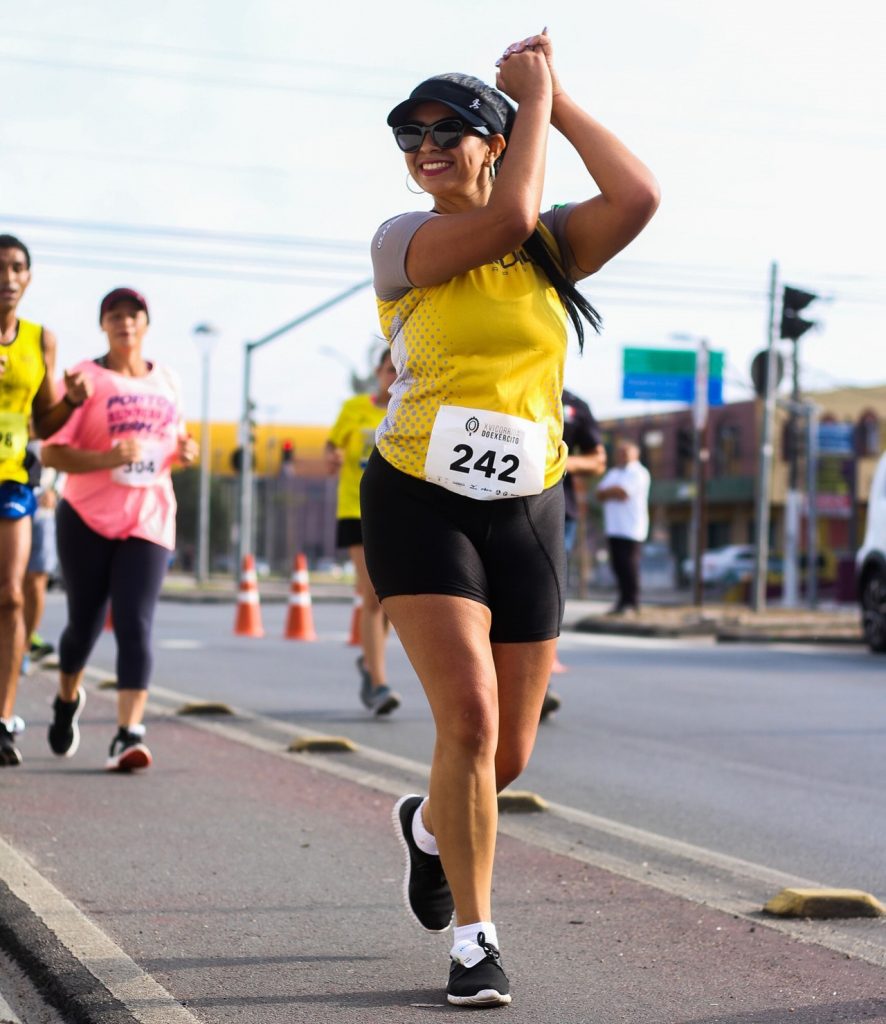Physical activity and exercise are both important components of a healthy lifestyle, but the terms are often used interchangeably or misused. Understanding the difference between physical activity and exercise can help you with your fitness or health goals and better understand how to incorporate both into your life.

Physical activity and exercise, what’s the difference?
Physical Activity refers to any movement of the body that uses energy. This means daily activities such as vacuuming, gardening, or walking up and down the stairs. However, physical activity can also include activities like running or swimming as well. Physical activity can range from light to vigorous intensity.
Exercise refers to planned, structured, and repetitive movement with a goal of fitness improvements. Examples of exercise are going to the gym, lifting weights, or running on a treadmill. While some exercises can be light intensity, most are usually moderate to vigorous intensity.
What’s the big picture?
To think of it simply, physical activity generally leads to health outcomes, and exercise leads to fitness outcomes. While there is overlap with both, being physically active often leads to a healthy lifestyle, while doing planned exercise multiple times per week generally leads to fitness improvements such as strength, cardio, or flexibility.
How can I incorporate both into my life?
Depending on your goals, you may want to add either more physical activity or more exercise to your life. For example, exercising more often may mean buying a gym membership, getting up early in the morning to run, or joining a strength training class. If you prefer to add more physical activity to your life, you may need to think of more creative ways — for example parking father away from the store and walking, watching less TV, or getting up frequently from your desk at work. This may also mean going for a walk at lunch.
Did You Know?
One way to tell the difference between moderate and vigorous intensity activity is by how well it allows for you to talk during the activity. Generally, moderate intensity exercise or physical activity, such as brisk walking or playing doubles in tennis, allows for conversation. Vigorous intensity activity, such as running or jump roping, is usually too difficult for conversation.


